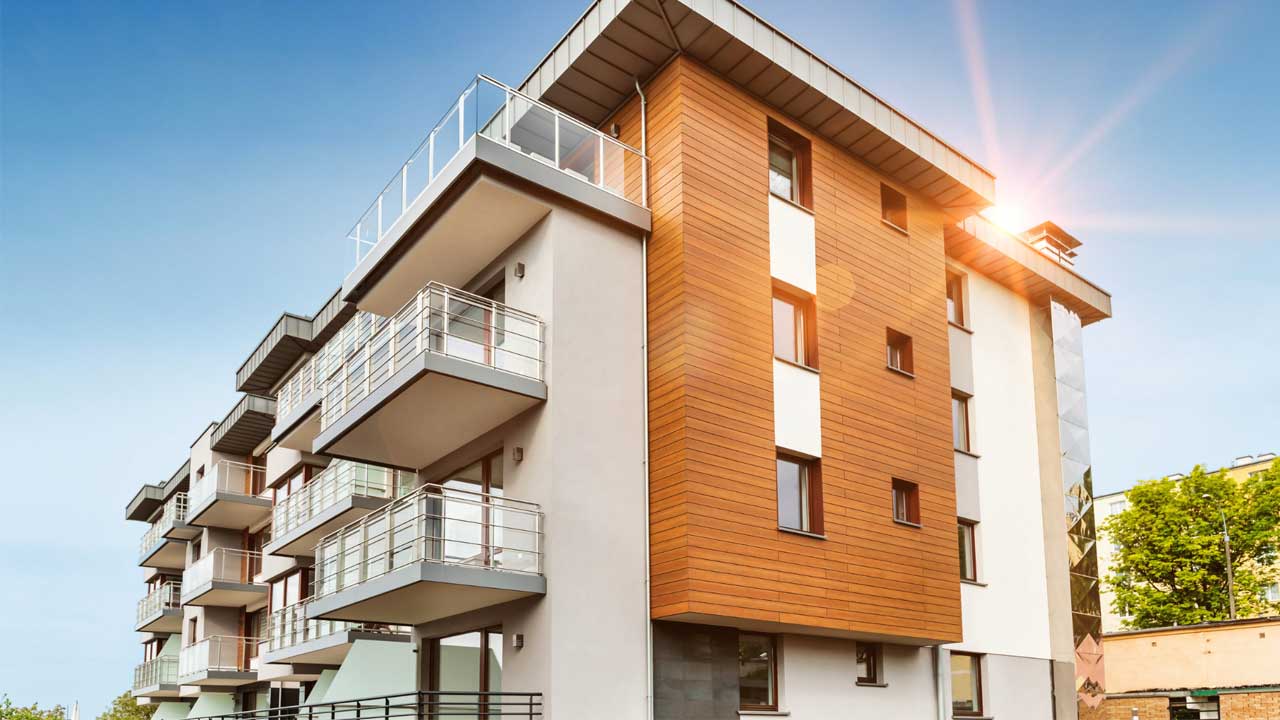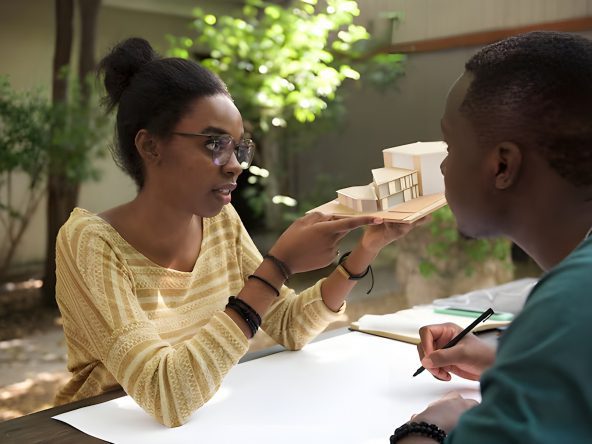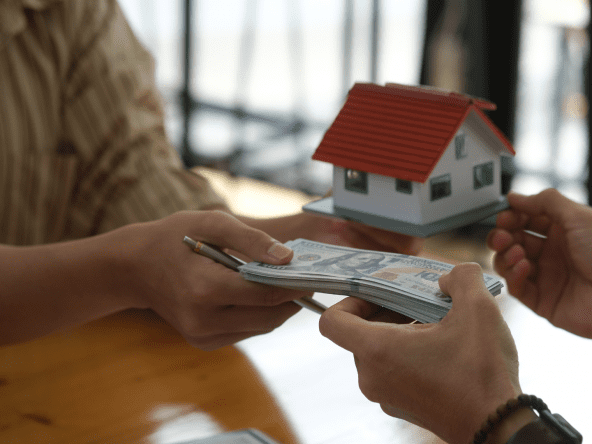In real estate, architecture isn’t just about how a building looks—it’s about how it functions and resonates with its surroundings and potential occupants. Architecture plays a pivotal role in shaping a property’s market value, influencing how quickly a property sells or rents and how much it can appreciate over time. Thoughtful design choices—from the layout and materials to the overall style—can elevate a property’s value in ways that go beyond simple aesthetics. This newsletter delves into the nuanced relationship between architecture and property value, offering insight into how smart design decisions can lead to more profitable real estate investments.
Why Architecture Matters
Architecture is more than just visual appeal—creating a space that enhances the living or working experience. The design of a property can determine how functional, comfortable, and desirable it is, directly influencing its market performance. A well-designed property isn’t only more likely to attract potential buyers or renters, but it can also command higher prices and generate greater long-term financial returns. The right architectural elements can enhance the property’s usability, energy efficiency, and connection to its environment, which can make all the difference in a competitive market.
Architectural Design vs. Market Value
Iconic Designs: Unique and high-quality architecture can elevate a property’s value significantly. Buildings with standout features—such as striking facades, innovative layouts, or sustainable designs—often capture the imagination of potential buyers or renters. In areas where demand is high, properties that stand out for their design or functionality often attract premium prices. However, this doesn’t mean that every bold design guarantees higher value; it’s essential to align design choices with the preferences and values of the target market to ensure they translate into long-term value.
Adaptive Reuse and Renovations: The adaptive reuse of older buildings or renovations that modernize dated structures can bring substantial returns on investment. By blending historical charm with contemporary design, investors can create properties that appeal to buyers or tenants who value both heritage and modernity. This is particularly true in urban environments where there’s a growing demand for mixed-use spaces, such as turning industrial buildings into apartments, office spaces, or retail outlets. However, the challenge lies in navigating the balance between preserving a building’s original character while updating it to meet modern needs and expectations.
Factors That Drive Architecture’s Impact on Property Value
Curb Appeal & Aesthetics: It’s often said that “you never get a second chance to make a first impression,” and this holds true for real estate. The exterior of a property is its first opportunity to make a statement, and a property that exudes charm and sophistication from the outside is likely to generate more interest from potential buyers or renters. Beyond aesthetic appeal, the quality of materials and the level of craftsmanship also play a significant role in how a property is perceived. A well-maintained exterior can help a property hold its value over time, whereas a property that looks dated or poorly kept may see a decline in interest and, ultimately, value.
Innovative, Sustainable Design: As sustainability becomes increasingly important to both buyers and developers, eco-friendly and energy-efficient buildings are growing in desirability. Properties built with sustainable materials, green roofs, or energy-saving technologies like solar panels not only have a lower environmental impact but also promise long-term cost savings for their owners. In today’s real estate market, buildings that emphasize energy efficiency and resource conservation are often more valuable than those that lack such features. However, the upfront costs of sustainable construction can be higher, and the challenge is to balance these costs with the potential for increased market value and long-term savings.
Space Efficiency: In urban markets, especially where space is limited, efficiency in design can have a direct impact on property value. Clever floor plans that maximize available space—such as incorporating multi-functional rooms or creating open, flexible layouts—are becoming increasingly popular. Buyers and renters are increasingly drawn to properties that feel spacious, regardless of their actual square footage. This demand for space-efficient designs has led to a rise in innovative concepts such as micro-apartments and co-living spaces, which are appealing for their affordability and functional design.
Contextual Integration: A property’s architecture doesn’t exist in a vacuum—it’s part of a larger urban, cultural, or environmental context. Buildings that are thoughtfully integrated into their surroundings, whether through their alignment with local building styles, consideration of the natural landscape, or sensitivity to community values, are more likely to be well-received by both local authorities and residents. A well-integrated design can enhance a neighbourhood’s identity, which can lead to increased demand and higher property values. This is particularly relevant in rapidly developing or gentrifying areas, where architecture can play a key role in shaping the character of the community.
Challenges of Investing in Architecture
While great architecture can significantly enhance property value, it’s not without its challenges. First and foremost, high-quality design can come with a significant price tag. Whether you’re designing a new building or renovating an existing property, the costs associated with high-end architectural features, sustainable materials, and custom finishes can quickly add up. For investors, this means that the financial risk is higher, and the potential returns may take longer to materialize.
Conclusion
The impact of architecture on property value is undeniable. Thoughtful, well-executed design can elevate a property, making it more appealing, functional, and valuable in the eyes of buyers or renters. Whether through iconic designs, adaptive reuse, or sustainable building practices, smart architectural choices have the potential to drive significant returns. However, it’s essential to consider market preferences, design trends, and local context when making architectural decisions. By striking the right balance between innovative design, functionality, and sustainability, investors can unlock the full potential of their real estate assets and ensure long-term growth in property value.
Disclaimer:
Please note that the information provided in this article is for general informational purposes only and should not be construed as legal advice. It is always advisable to consult with a qualified legal professional to discuss your specific circumstances and obtain tailored legal counsel.





